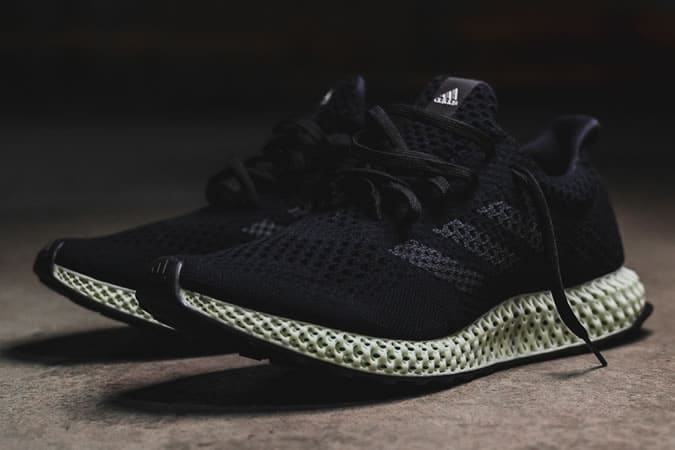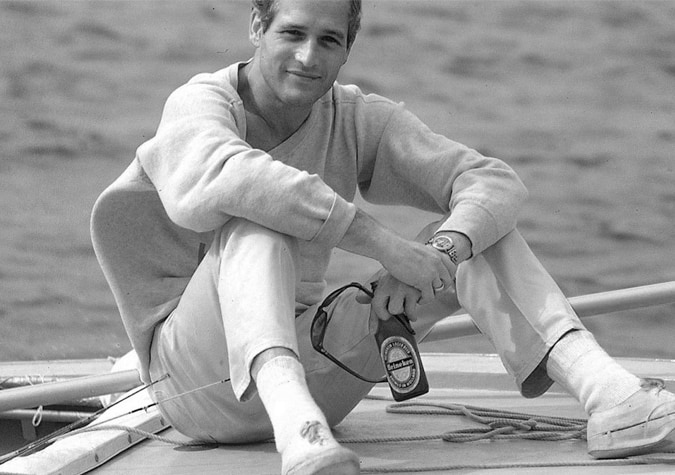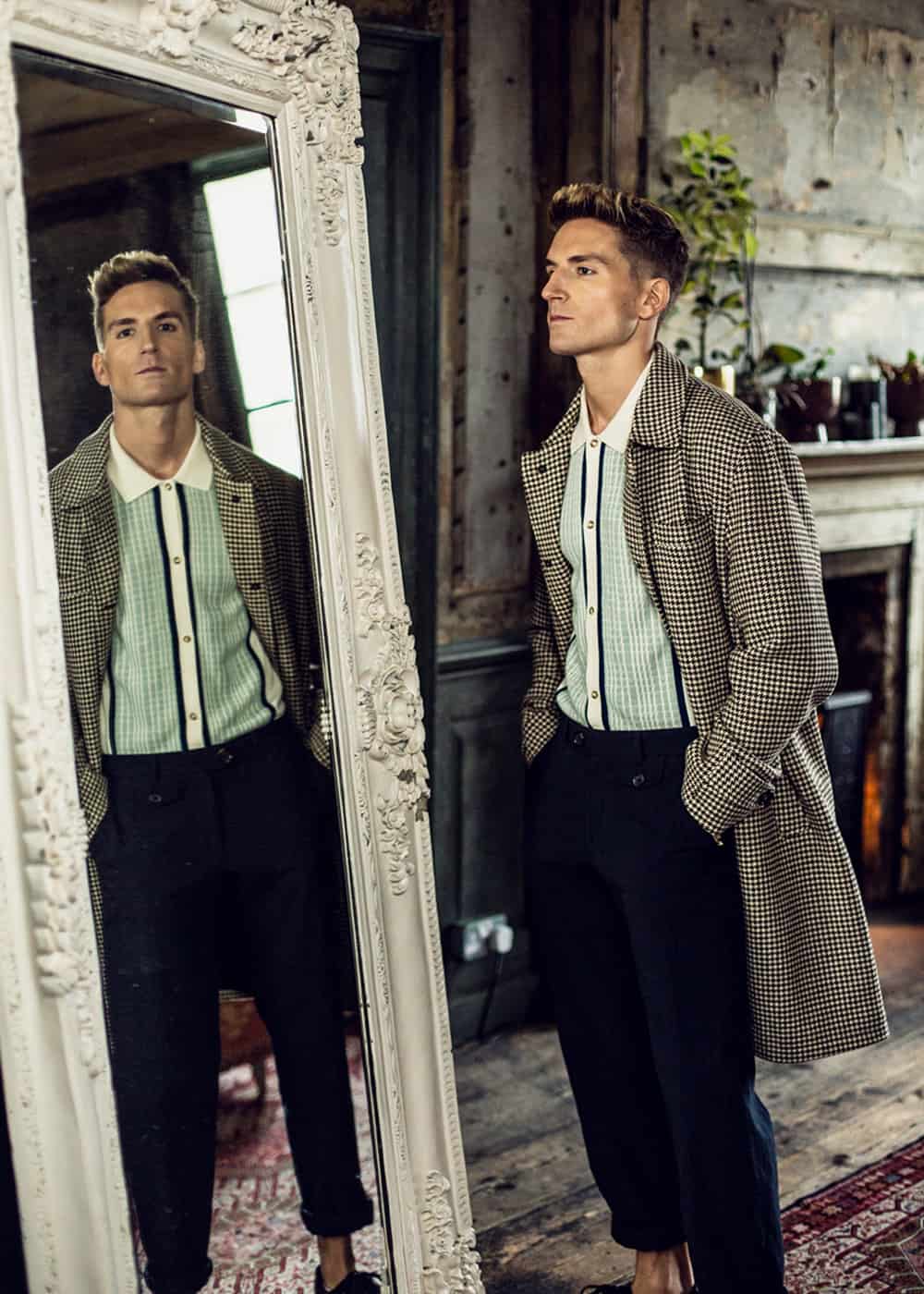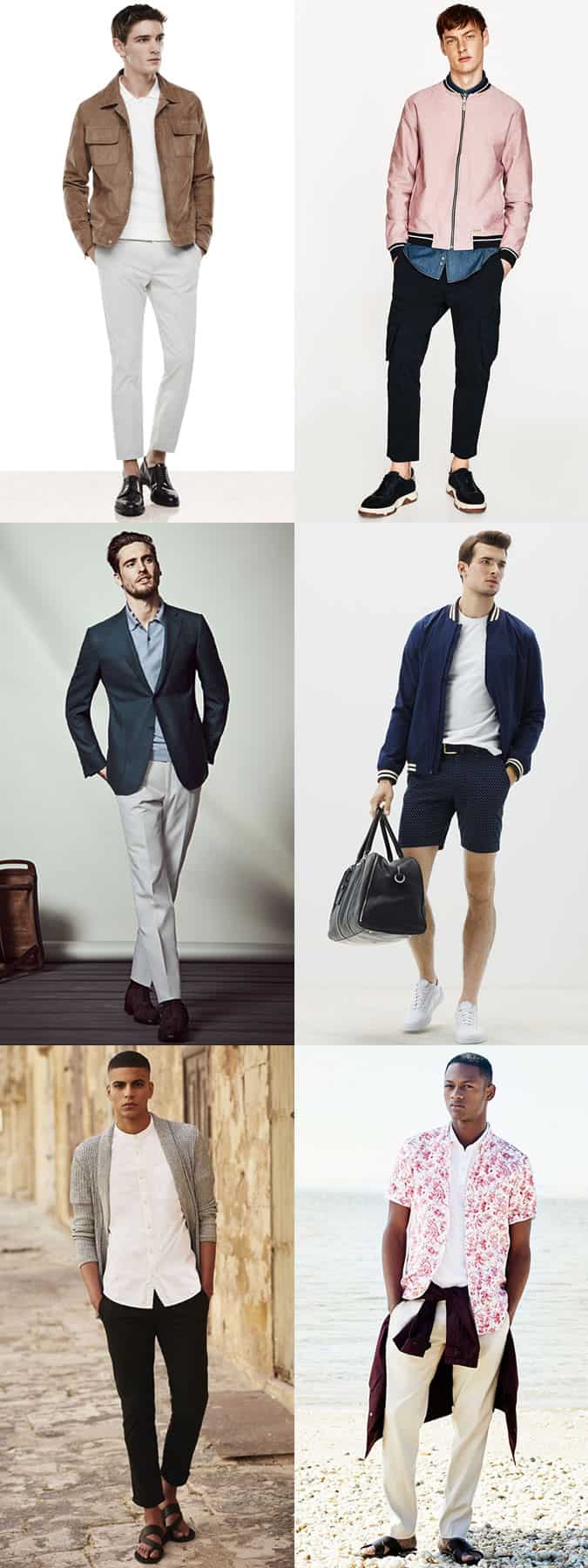A Guide To: Men’s Italian Style
Introduction
Clifford Grodd, the former president of American clothing retailer Paul Stuart, once said: “I abhor dullness and resist flamboyance.” This opinion is one that will strike a chord with many Italian men, who tread the line between expressionism and refinement. Certainly, most lean towards ‘more is more’, but that should not be mistaken for a self-absorbed display of superfluous extravagance.
Instead, Italian style is distinctive in its appearance, defined by its silhouette and dedicated to achieving sprezzatura – rendering it the envy of the menswear community.
In this article, I will briefly detail the influence Italian style has on menswear, what inspires Italian style and provide ideas as to how you can replicate their balance of artful dishevelment.
Italian Style
Italian Style
Italian style is much more eclectic than many people come to assume, with regional nuances adding variety and characterizing local tastes. Italy is a vast country, and with an emphasis on style up and down the nation, a jovial battle emerges between different regions.
For example, Roman and Neapolitan jackets are very different from each other. The silhouette in northern Italy tends to differ from its southern counterparts in its simplicity, with no extraneous details or spalla camicia (‘shirt shoulder’ to you and me) in the former. By contrast, a signature of Neapolitan jackets is their waterfall or ‘shirt sleeve’, which is different to the soft shoulder by way of the sleeve head (wider) fitting into the shoulder (narrower).
More generally, Italian suits are usually constructed with a higher gorge – the seam that connects the jacket’s collar to the lapel – than their British counterparts. Neapolitan and Sicilian tailors make the gorge higher still; a discrete but defining touch that makes their garments instantly recognizable.























